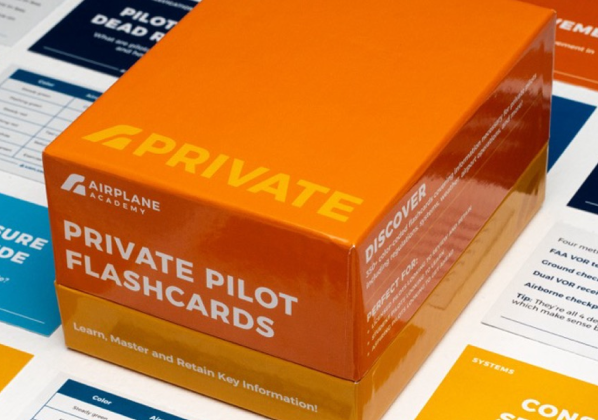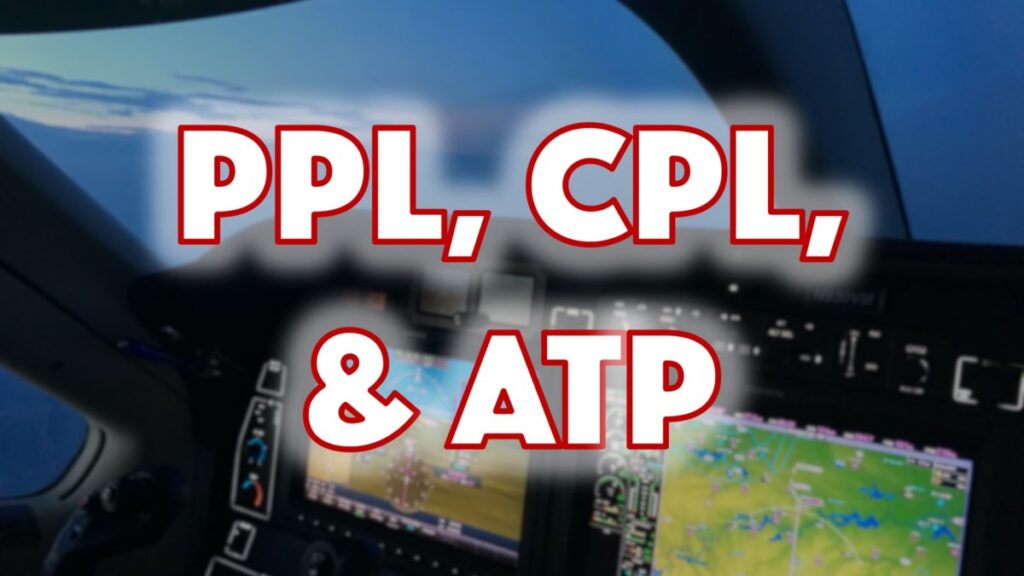
There are different types of pilot’s licenses or “certificates” which grant different privileges and responsibilities. Common certificates to receive are a private pilot certificate, commercial pilot certificate, and airline transport pilot (ATP) certificate. So what’s the difference?
The private pilot certificate allows you to operate an aircraft for personal transportation. A commercial pilot’s certificate allows you to be hired for your flying. An airline transport pilot (ATP) certificate allows you to fly as a pilot for airlines.
These certificates must be earned in order and each requires a progressively higher level of pilot skill and experience, medical fitness, and strictness in operations.
In this article we will discuss the requirements, limitations, and privileges of each of these pilot certificates. This article will discuss only those requirements relevant to pilots in the United States.
The High-Level Differences Between PPL, CPL, and ATP
The differences between the private, commercial and ATP certificates may seem complex. The table below summarizes the important differences between these ratings.
| Medical Requirements | Experience Requirements | Instrument Rating | Privileges | |
| Private Pilot | 3rd Class | 40 hours | Not required | PIC of aircraft for personal transportation |
| Commercial Pilot | 2nd Class | 250 hours | Not required (with restrictions) | Fly for hire |
| Airline Transport Pilot (ATP) | 1st Class | 1,500 hours | Required | PIC of airlines |
As we will be discussing the Federal Aviation Administration (FAA) Federal Aviation Regulations (FARs) in this article, let’s start with a quick reminder on some of the relevant parts of the regulations. The links below will take you to some of the most important and relevant sections of the FARs.
Part 61 – Private Flight Instructors
Part 121 – Scheduled Air Carriers (airliners)
Part 135 – Charter Flights (on-demand flights)
Private Pilot Certificate
Becoming a private pilot is an exciting and challenging accomplishment. For most pilots, this will be the only certificate they ever earn. Knowing the rules and limitations of your private pilot certificate is very important.
Private Pilot Certificate Experience Requirements and Privileges
Your first step along your pilot journey will be to earn your private pilot’s certificate. Earning a private pilot certificate requires (among other requirements) 40 hours of flight time and passing a written exam, oral exam, and practical exam.
Earning a private pilot license can be accomplished through a private instructor (FAR Part 61) or an established flight school (FAR Part 141).
Once you have achieved your Private Pilot Certificate, you will be operating under FAR Part 91 – and this gives you a lot of freedom. Generally speaking, you can fly where you want, when you want, and with whom you want.
The biggest difference you will notice between being a student pilot and a private pilot is that you can carry passengers and don’t need endorsements to visit any new airport you choose to.
Private Pilot Medical Requirements
There are several medical requirements you will need to meet to become a pilot. Although it would be great if everyone who wanted to pursue flying could become a pilot, these medical requirements exist to ensure your safety and the safety of those on the ground.
The Third Class medical examination is an examination conducted by a medical doctor with special training in aviation medicine, an “Aviation Medical Examiner” (AME).
The AME will test your vision (at least 20/40 vision and color vision), hearing, pulse, blood pressure, and other factors.
You will also fill out a questionnaire that asks about medicines you take, drug and alcohol use, and mental health conditions. It is critical you answer the medical exam questions honestly – both for safety and legal purposes.
It’s a good idea to make sure you are medically fit to fly before investing a large amount of money in flying lessons. If you have any doubts or questions, contacting your local AME would be a good place to start.
You can call your local Flight Standards District Office (FSDO) and ask them for local AME’s in your area.
Private Pilot Certificate Limitations
The private pilot certificate does come with several limitations. Keep in mind these rules are in place for your safety and the safety of the flying public.
The main limitation of a private pilot certificate is that you cannot fly for hire.
In other words, you cannot be compensated for your flying services. There are a few interesting exceptions where you can be paid as a private pilot, which are explored in this article.
However, you can split costs of flying (airplane rental costs, fuel, landing fees, etc.) with passengers if you are traveling somewhere together. If you want to take a few friends along for a fun weekend trip, airplane camping or sightseeing, don’t be shy about splitting costs with them.
It’s important to be careful with this rule though.
It would be against the law, for example, to make a Facebook post saying “I’m flying to Las Vegas this weekend, for $100 of gas money you can tag along in my Cessna!” as this would be considered “holding out” your services to the public.
“Holding out” is an important term used by the FAA that you’ll want to familiarize yourself with as a private pilot.
The important point here is to protect the public against private pilots, who have less strict rules and are often less experienced, from having a financial incentive to provide aerial transport services.
One important exception is that it is permissible to use your private pilot license for personal business use. If you have a job with a wide area of operation, for example, it is perfectly allowable to use a plane to reach clients or meetings.
The rules about private pilot flying may seem complicated, however usually common sense is enough to keep yourself out of trouble with “not for hire” limitations of the private pilot certificate. Don’t offer your piloting as a for-hire service and you should be in the clear.
If you decide that you do want to be compensated for your flying, that’s great! It’s time to think about getting your commercial pilot certificate.
Before we end the conversation on the private pilot’s certificate, here are a few more articles on the topic in case you’re looking for additional information:
- How much does it cost to get a private pilot license?
- Can you fly a jet with a private pilot license?
- How long does a private pilot license last (how to maintain it)?
- How long does it take to learn how to fly an airplane?
Commercial Pilot Certificate
A commercial pilot certificate is the next step in your flying career and comes with additional responsibilities and privileges compared with the private pilot certificate.
As a commercial pilot, you can fly for hire. You may find it a little tricky to get a high-paying flying job with little experience, but it is a huge change from paying high costs for every flight hour like you would have to up to that point.
One of the most common jobs for commercial pilots is to become a certificated flight instructor (CFI). This requires another certificate and is often the first rating a new commercial pilot will attain. This article discusses how much you will be paid as a CFI.
If you don’t want to go the CFI route, you have several other good options. You could find a job being a skydiving pilot, hauling cargo, banner towing, or doing aerial surveying, to name a few. Keep in mind that as a low-time commercial pilot, you may have to be flexible with working hours, and where you live.
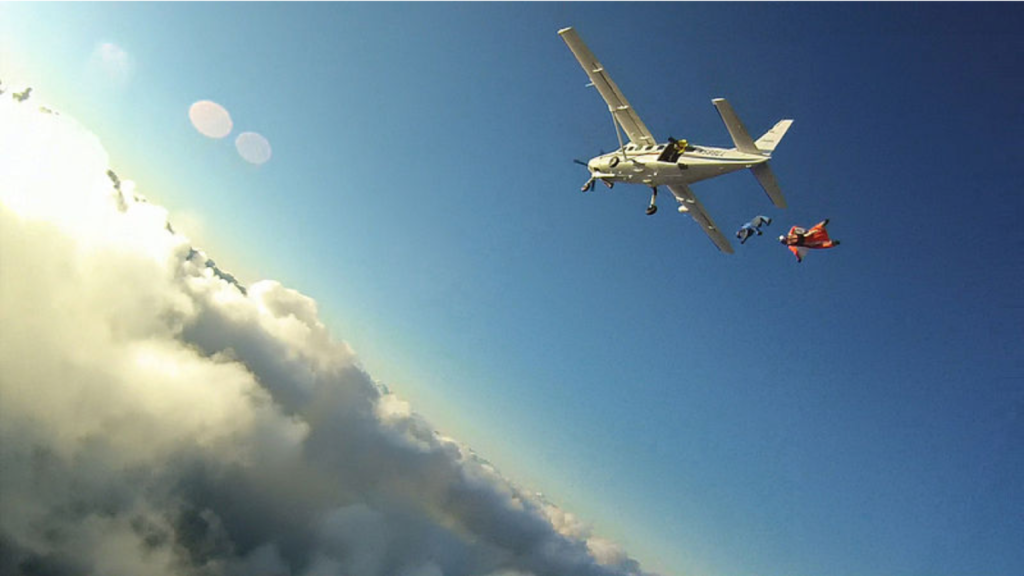
Commercial Pilot Certificate Experience Requirements
Getting your commercial pilot certificate is a significant step up from being a private pilot. The basic requirements for a commercial pilot certificate are 250 hours of flight time, 100 hours as pilot in command, and 50 hours of cross country time. Also, you must be 18 years old. Just like the private pilot certificate, this can be accomplished through a private instructor (FAR Part 61) or flight school (FAR Part 141).
Technically, you do not need to hold an instrument rating to get your commercial pilot license. That being said, the vast majority of commercial pilots are instrument rated and there are some very strict limitations for non-instrument rated commercial pilots.
Getting your instrument rating will be a very important factor in getting hired and is a logical step between your private pilot certificate and your commercial pilot certificate.
Just like the private pilot certificate, you will have to pass a written, oral, and practical test to become a commercial pilot.
Commercial pilot maneuvers in the practical test are more demanding than those required of a private pilot and will require careful practice.
The oral and written exams will test your knowledge on aircraft systems, weather, regulations, and other topics. The requirements for the commercial pilot certificate are neatly summarized in the FAA’s Airman Certification Standards (ACS) for commercial pilots.
This may seem like a lot of requirements – and it is. Achieving the commercial pilot certificate is quite the accomplishment and will take plenty of careful planning and hard work. Read this article to learn how long it takes to get a commercial pilot license.
Commercial Pilot Certificate Privileges
Once you have passed your commercial pilot checkride, you can get your first job as a pilot.
Some of the most common jobs for low-time commercial pilots are CFI (requires another certificate), cargo flying, being a ferry pilot, giving aerial tours, and flying skydivers.
Some smaller air carriers might hire you with only a commercial pilot certificate but most will require you to have your airline transport pilot certificate, which we’ll discuss later in this article.
Commercial Pilot Certificate Medical Requirements
Because you are able to offer your flying services for hire to the public, there is a higher standard of medical fitness required for the commercial certificate than the private pilot certificate.
For example, your vision must be better. You need 20/40 vision for a Third Class medical certificate (private pilot) but you need 20/20 vision for a Second Class medical certificate.
Vision requirements for pilots are discussed in our article here. Visual acuity requirements can be met with the help of corrective lenses.
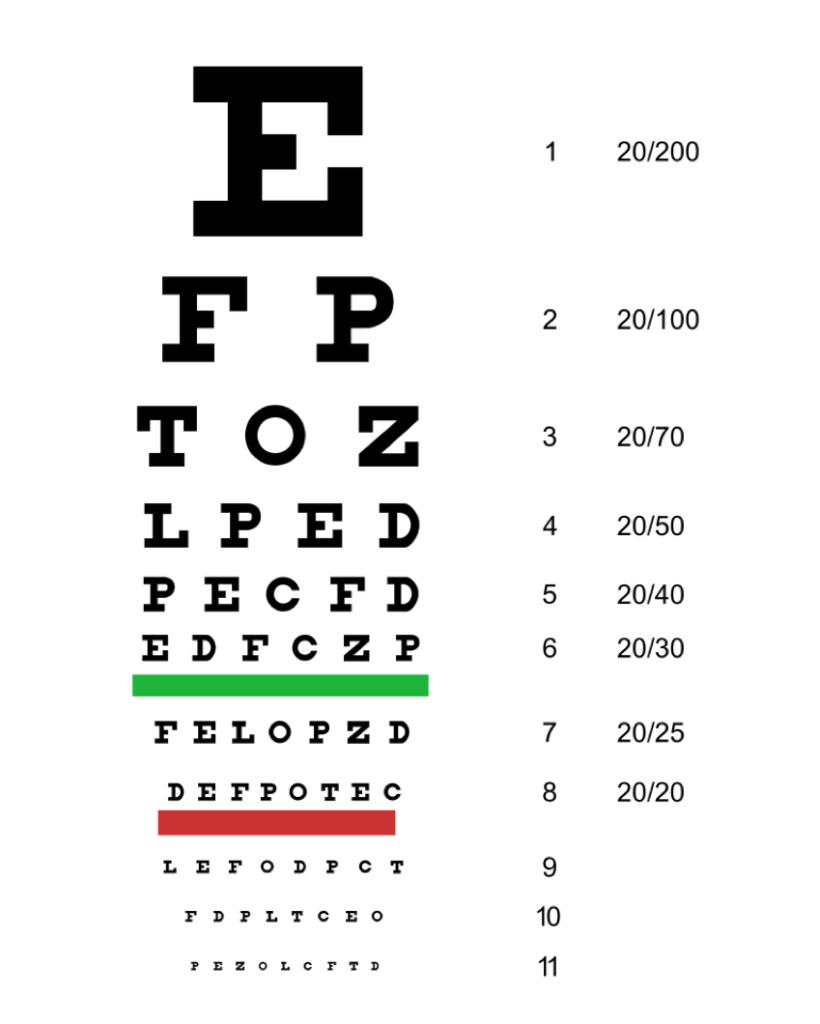
The largest difference between the Third Class medical certificate for private pilots and the Second Class medical certificate is that you need to be examined more frequently.
A Second Class medical certificate required to exercise the privileges of the commercial pilot certificate must be renewed every 12 months. A Third Class medical is required only every 60 months if you are below the age of 40, and every 24 months if you are above the age of 40.
This ensures the safety of the flying public – more frequent and more thorough examination by an AME protects the public by ensuring medical issues that could affect the safety of flight don’t go unnoticed.
An important note here is that you only need to maintain your Second Class medical certificate to exercise the privileges of your commercial pilot certificate.
For example, if you can’t pass your Second Class medical examination for some reason but can still pass a Third Class medical examination, you can still fly as a private pilot.
Commercial Pilot Certificate Limitations
Having a commercial pilot certificate means you can fly for hire, but this does come with certain limitations. Let’s say a friend approaches you, a commercial pilot, and asks “Hey, you have a plane… could you fly me to Seattle next weekend? I’ll pay you two hundred dollars.”
This would definitely not be allowed with only a commercial pilot certificate. On the other hand, if they own the plane, it would be allowed – it’s not your plane, you’re just the pilot. More on that later.
To offer both a pilot and a plane for payment hire, you need to be an “air carrier”. This comes with stricter maintenance, equipment, crew, and airworthiness requirements. You would also need to be approved as an air carrier by your local Flight Services District Office (FSDO).
Again, the reason here is to protect the public. Air carriers have stricter requirements in areas like maintenance, crew rest, and required equipment on the aircraft.
You can fly passengers for compensation with a commercial pilot certificate under certain scenarios.
Let’s say a specialized construction company owns a Cessna Stationair that they use to transport highly skilled laborers from their headquarters in Boise, ID to locations around the Mountain West.
You could fly this plane for hire with passengers onboard. The important difference here is that you don’t own the plane.
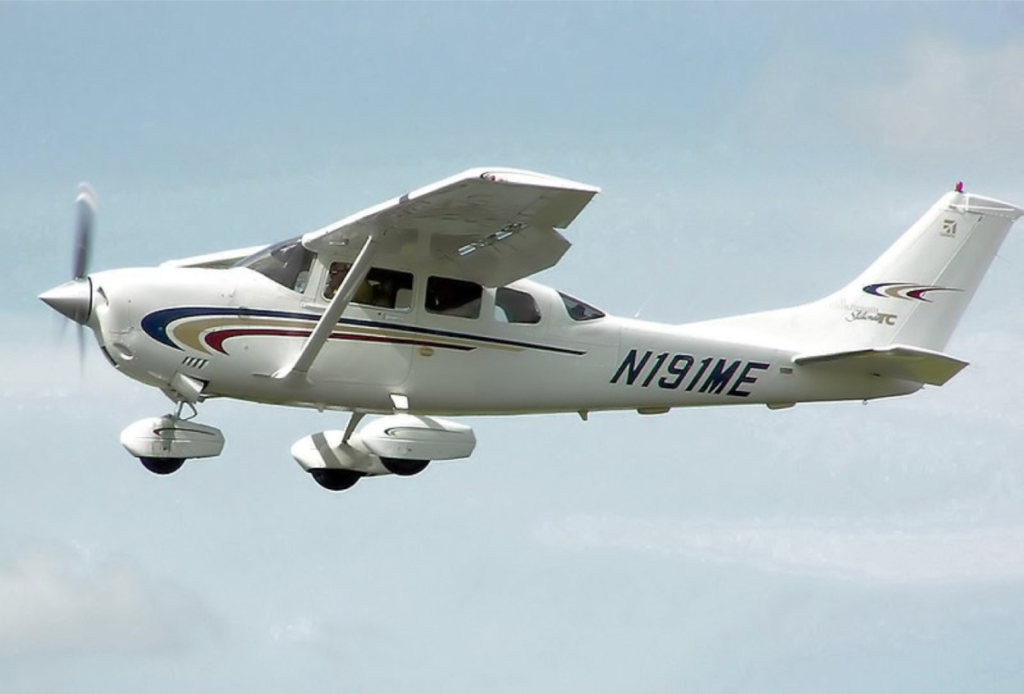
When in doubt, remember the 3 P’s: if you are offering a Pilot, a Plane, and a Price, you need an air carrier certificate.
However, just because you have your commercial certificate does not mean you can get a job at American Airlines flying a jumbo jet to Fiji for a six figure salary – sorry!
To fly for the airlines, you will need to build many more hours and work up to your Airline Transport Pilot (ATP) certificate.
Airline Transport Pilot Certificate
The Airline Transport Pilot certificate is the highest pilot rating available in the United States. To act as the Pilot in Command of a major airline in the US, you need an ATP certificate.
Because of the high level of skill, knowledge, and responsibility required to operate an airliner, the ATP rating has even stricter requirements (stricter tolerances in flight maneuvers, a higher standard of medical fitness, and higher experience requirements) than a Commercial Pilot certificate.
Typically, you will need an ATP rating to act as pilot in command of a scheduled air carrier.
Technically, there is no minimum size for an airline. For example, Grant Aviation is an Alaskan airline that operates planes as small as the piston powered propeller-driven Piper PA-31-350 Navajo as a scheduled airliner, requiring an ATP for pilots.
Grant Aviation operates the Navajo in the Aleutian Islands, flying out of Cold Bay and Dutch Harbor, to places like King Cove, False Pass, Akun Island and Nikolski.
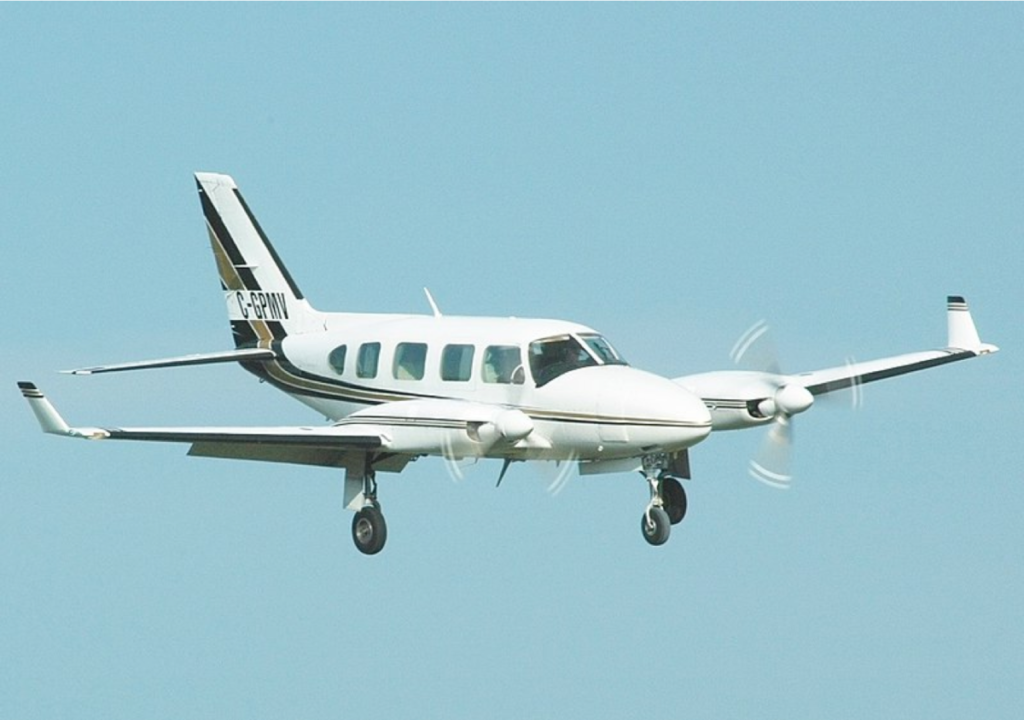
ATP Certificate Experience Requirements
Applicants for the ATP certificate must hold a commercial pilot’s license with instrument privileges, be at least 23 years old, and have 1,500 hours of experience. There are a few exceptions to the 1,500 hour and age rules that you can read here on the FAA’s website.
The most common way to build these 1,500 hours is to be paid as a commercial pilot.
Even if it cost you only $100 per hour to build hours, it would cost a whopping $150,000 to build the experience required for an ATP. For most people, it’s unrealistic to pay for all these flight hours and it makes much more sense to be paid for the hours.
Unlike the commercial pilot certificate, being instrument rated is mandatory to attain your ATP certificate.
Just like the private and commercial certificates, you will need to pass a written exam, an oral exam, and a practical exam to attain your ATP certificate.
ATP Certificate Privileges
Because the ATP certificate has the highest experience requirements, you can take on some of the biggest responsibilities in aviation.
Airline Transport Pilots can serve as the Pilot in Command of the biggest jets in aviation, transporting hundreds of passengers. If you dream of flying some of the most iconic jets in the sky, you will need to attain your ATP certificate.
Being an ATP and flying for the airlines is also one of the most lucrative careers you can attain in aviation. However, remember that paying for all the prerequisite certificates is likely to set you back tens of thousands of dollars. Also, depending on how you build time to 1,500 hours you may have to weather years of low pay.
That being said, it’s not unheard of for airline pilots to make six figures after a few years. With decades of seniority at a major airline, you could make even more money and operate some of the most impressive equipment in the world.
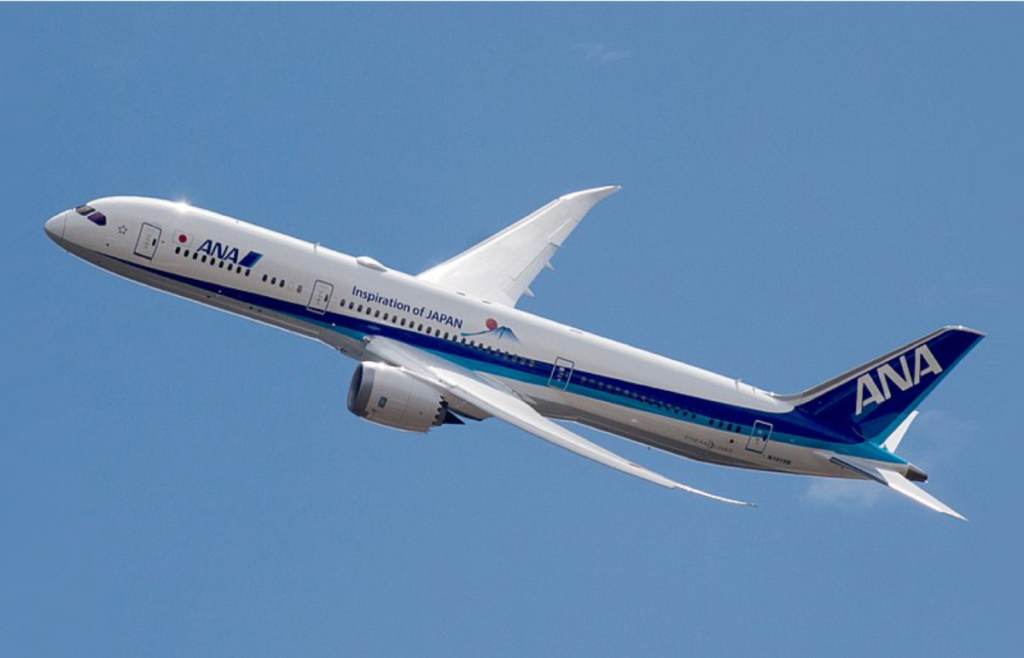
ATP Certificate Medical Requirements
To hold an ATP certificate and operate as Pilot in Command of an airliner, you will need to hold a First Class medical certificate from an Aviation Medical Examiner. The requirements of the First Class medical certificate are slightly more demanding than the Second Class medical certificate.
If you are applying for a First Class medical certificate, you will need to pass the requirements of the Second Class medical examination and also pass an electrocardiographic (EKG) examination of the heart.
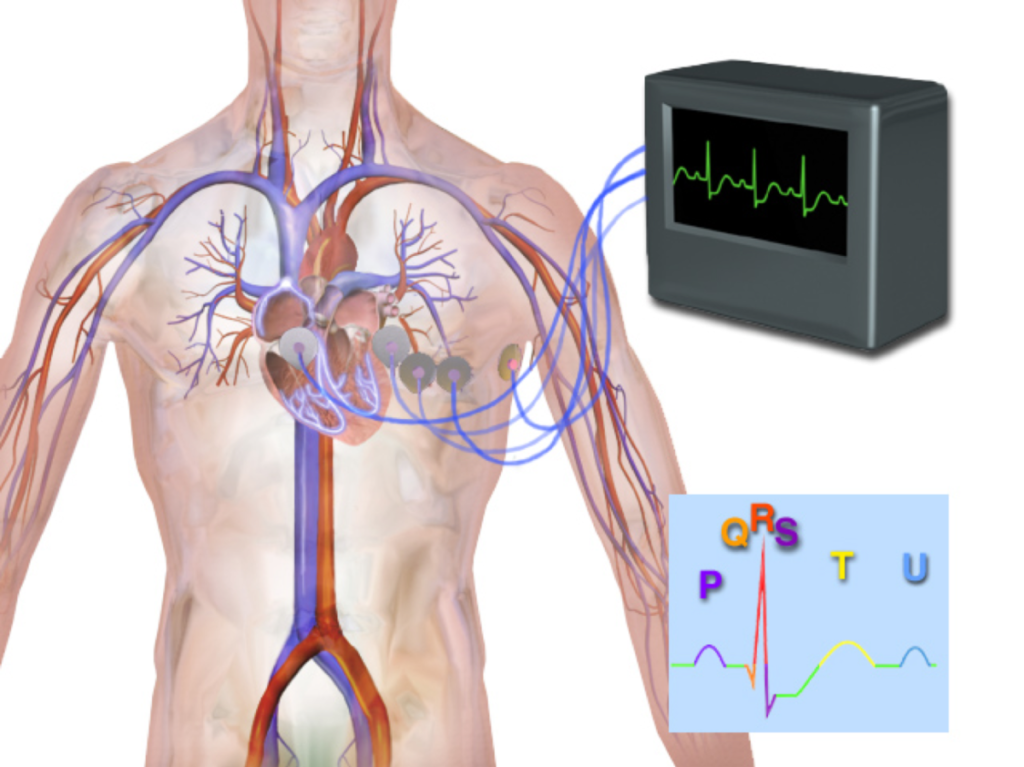
As mentioned in the commercial pilot certificate medical requirements section, if you ever can’t meet the standards of a First Class medical certificate, you can revert to a “lower” medical certificate and still exercise the privileges it grants.
For example, imagine you retired from your job as an airline pilot but still wanted to give flight instruction. In this case, you would only need to meet the requirements of the Second Class medical certificate. If you just wanted to fly as a private pilot, you would only need to hold a Third Class medical certificate.
Difference in PPL, CPL, and ATP Summary
Many pilots only ever get their private pilot certificate. Some others may seek every rating they can and build tens of thousands of hours in an airline career. Being a pilot is all about good planning – for example, flight planning, financial planning, and goal setting.
Whether you need 40 hours, 250 hours, or 1,500 hours, you’ll want to make sure you know all the relevant requirements and be able to plan accordingly. Once you earn each progressive pilot certificate, it’s important to know what is allowed and what your responsibilities are.
If you are ever unsure whether your certificate allows you to fly a certain flight, it is a good idea to review the FARs. If you’re still unsure, you could ask a more experienced pilot, a flight instructor, or call your local FAA Flight Services District Office (FSDO).



